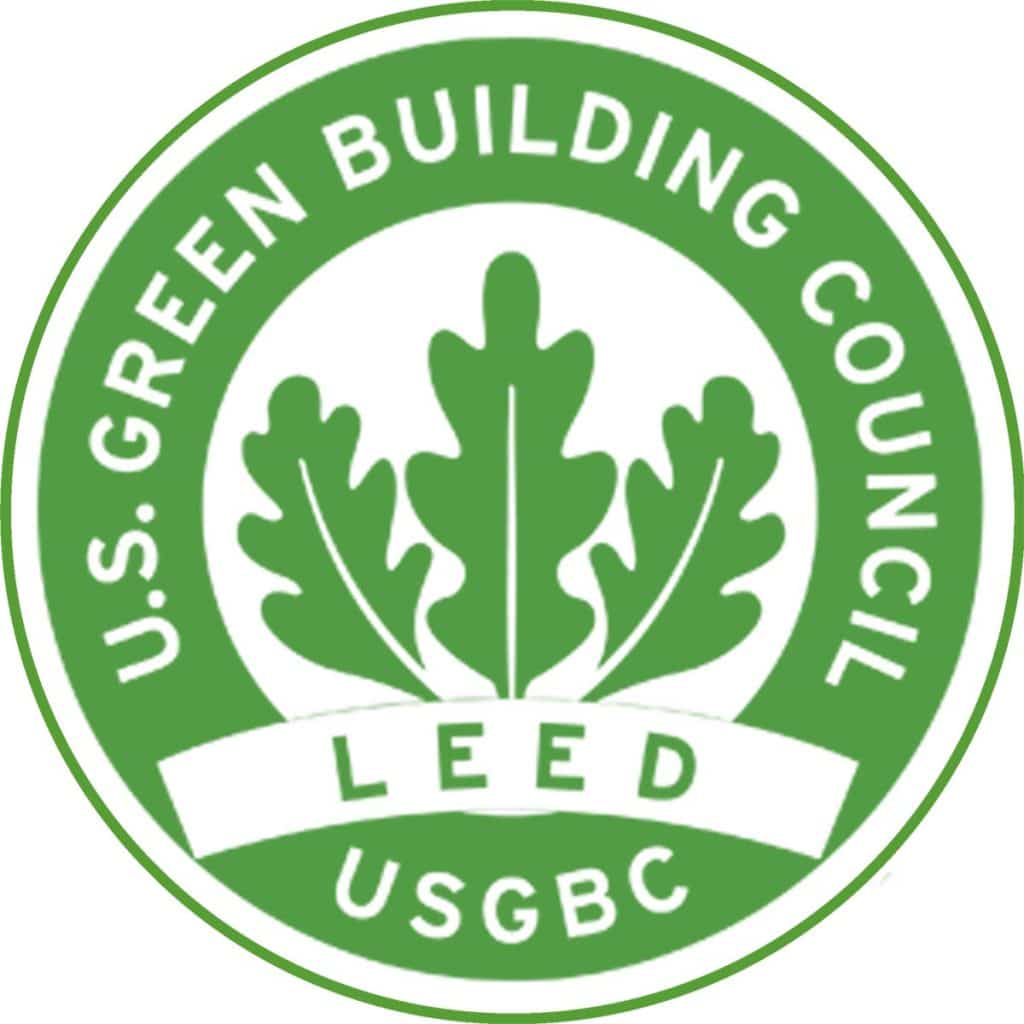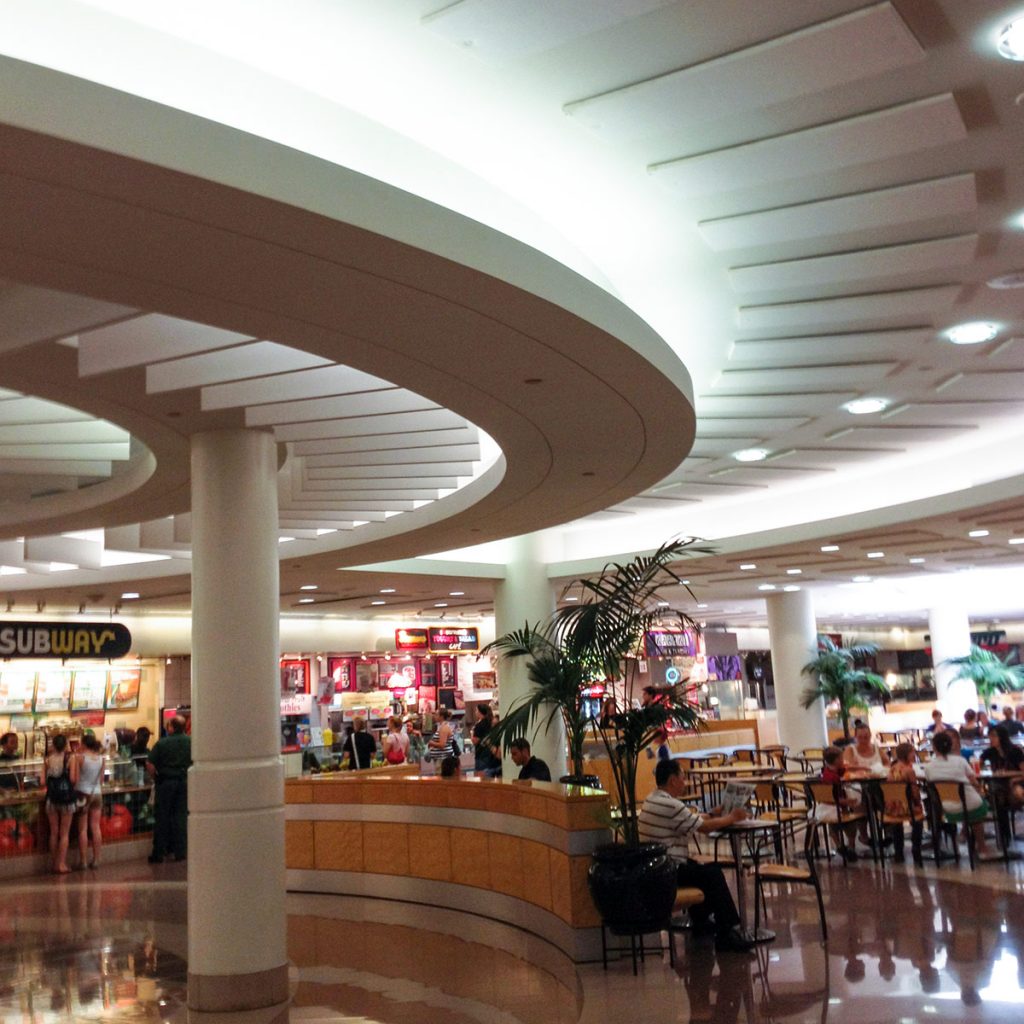When planning a new building or renovating an existing one, balancing sustainability and occupant comfort is essential. LEED (Leadership in Energy and Environmental Design) and WELL certifications are two of the most recognized frameworks for creating better spaces. While LEED focuses on sustainability and environmental impact, WELL places its emphasis on the health and well-being of occupants.
In this article, we’ll explore how LEED vs WELL certifications address acoustics, how they differ, and how you can use products like AlphaSorb® Acoustic Panels and PrivacyShield® Sound Blankets to meet these standards.
Why Acoustics Matter in Sustainable Building Design
Acoustics play a critical role in creating environments that are functional and comfortable. Poor sound management can cause:
- Disruptions to productivity: Excessive noise can lead to frustration and reduced focus in workspaces.
- Increased stress: High noise levels can elevate stress, especially in health and wellness-focused spaces.
- Lower occupant satisfaction: A space designed without proper acoustic treatment can fail to meet user needs.
LEED and WELL certifications incorporate acoustics into their frameworks but do so with different approaches and priorities.
How LEED Addresses Acoustics

LEED Logo
LEED, developed by the U.S. Green Building Council (USGBC), focuses on reducing a building’s environmental footprint. Acoustics are addressed under the Indoor Environmental Quality (IEQ) category, which emphasizes creating healthier indoor environments.
Key Acoustic Components in LEED
Acoustic Performance Credit (LEED v4.1)
- Measures sound transmission through walls and partitions using the Sound Transmission Class (STC) rating. Higher STC ratings indicate better sound isolation.
- Requires the use of materials with a Noise Reduction Coefficient (NRC) of at least 0.70 to absorb sound.
Mechanical Noise Control
- Ensures that HVAC systems operate at low noise levels to maintain comfortable indoor conditions. Acoustic insulation for ducts and mechanical systems is highly recommended.
External Noise Reduction
- Encourages the use of sound barriers like AudioSeal® Mass Loaded Vinyl (MLV) to block noise from nearby highways, airports, or other loud environments.
Example: A LEED-certified office used PolyPhon Polyester Acoustic Panels and MLV barriers to reduce noise in open-plan spaces while maintaining compliance with LEED’s IEQ criteria.
Limitations of LEED in Acoustics
While LEED provides a strong foundation for sustainable and efficient building systems, it often treats acoustics as secondary to energy efficiency and resource conservation. This can leave gaps in occupant comfort and satisfaction.
How WELL Certification Prioritizes Acoustics
WELL certification, managed by the International WELL Building Institute (IWBI), centers on the health and wellness of building occupants. Acoustics are a critical component of WELL’s Acoustic Comfort Concept, which aims to create spaces that minimize distractions and promote well-being.
Key WELL Acoustic Strategies
Reverberation and Echo Control
- Products like EcoSorpt® Cotton Acoustic Panels and AlphaSorb® Designer Premium Acoustic Felt Ceiling Baffles are recommended to reduce reverberation, ensuring clear communication and a comfortable auditory environment.
Noise Isolation
- WELL-certified spaces use sound barriers like PrivacyShield® Sound Blankets to isolate mechanical noise from HVAC systems and other equipment.
Dynamic Metrics
- WELL requires ongoing measurement of sound levels to ensure they remain within acceptable limits, making it a more performance-driven approach than LEED.
Sound Masking
- WELL emphasizes the use of sound masking systems to balance background noise and improve speech privacy.
LEED vs WELL Certifications: Acoustic Comparisons

Acoustic Solutions for LEED and WELL Projects

Ronald Reagan Building Food Court – Food court using AlphaSorb® Panels mounted to ceiling to reduce mealtime noise levels.
At Acoustical Solutions, we provide products that align with both LEED and WELL certification requirements. Here’s how our solutions address specific acoustic challenges:
To meet the acoustic standards of both LEED and WELL certifications, consider the following solutions from Acoustical Solutions:
1. AudioSeal® Mass Loaded Vinyl (MLV)
- Use: Blocks airborne noise transmission through walls, ceilings, and floors.
- Ideal For: Meeting LEED’s external noise reduction goals. Learn More
2. AlphaSorb® Polyester Acoustic Panels
- Use: Absorbs sound to reduce echo and reverberation in large or open spaces.
- Ideal For: Complying with both LEED and WELL acoustic criteria. Learn More
3. PrivacyShield® Sound Blankets
- Use: Isolate noise from mechanical equipment or create soundproof barriers between rooms.
- Ideal For: Meeting WELL’s noise isolation requirements. Learn More
4. Acoustic Ceiling Tiles and Baffles
- Use: Reduces reverberation in high-ceiling spaces like offices or lobbies.
- Ideal For: Enhancing indoor acoustic performance in LEED and WELL projects. Learn More
Achieving Acoustic Excellence with Dual Certifications
Pursuing both LEED and WELL certifications ensures that your building balances environmental sustainability with occupant health and comfort. By integrating acoustic solutions like MLV barriers, acoustic panels, and bass traps, you can create a space that excels in both performance and user satisfaction.
Acoustics as a Bridge Between LEED and WELL
Acoustics are the often-overlooked bridge between sustainability and wellness. While LEED ensures that a building meets high environmental standards, WELL complements this by focusing on creating spaces that feel comfortable and promote well-being. Together, they create a balanced approach to modern building design.
Ready to enhance the acoustic performance of your project? Contact us at Acoustical Solutions today for expert advice and high-quality products that meet both LEED and WELL certification requirements.
To learn more about how Acoustical Solutions can solve your noise control problems, use our contact form, call one of our Acoustical Sales Consultants at (800) 782-5742, or visit us on the web at acousticalsolutions.com.